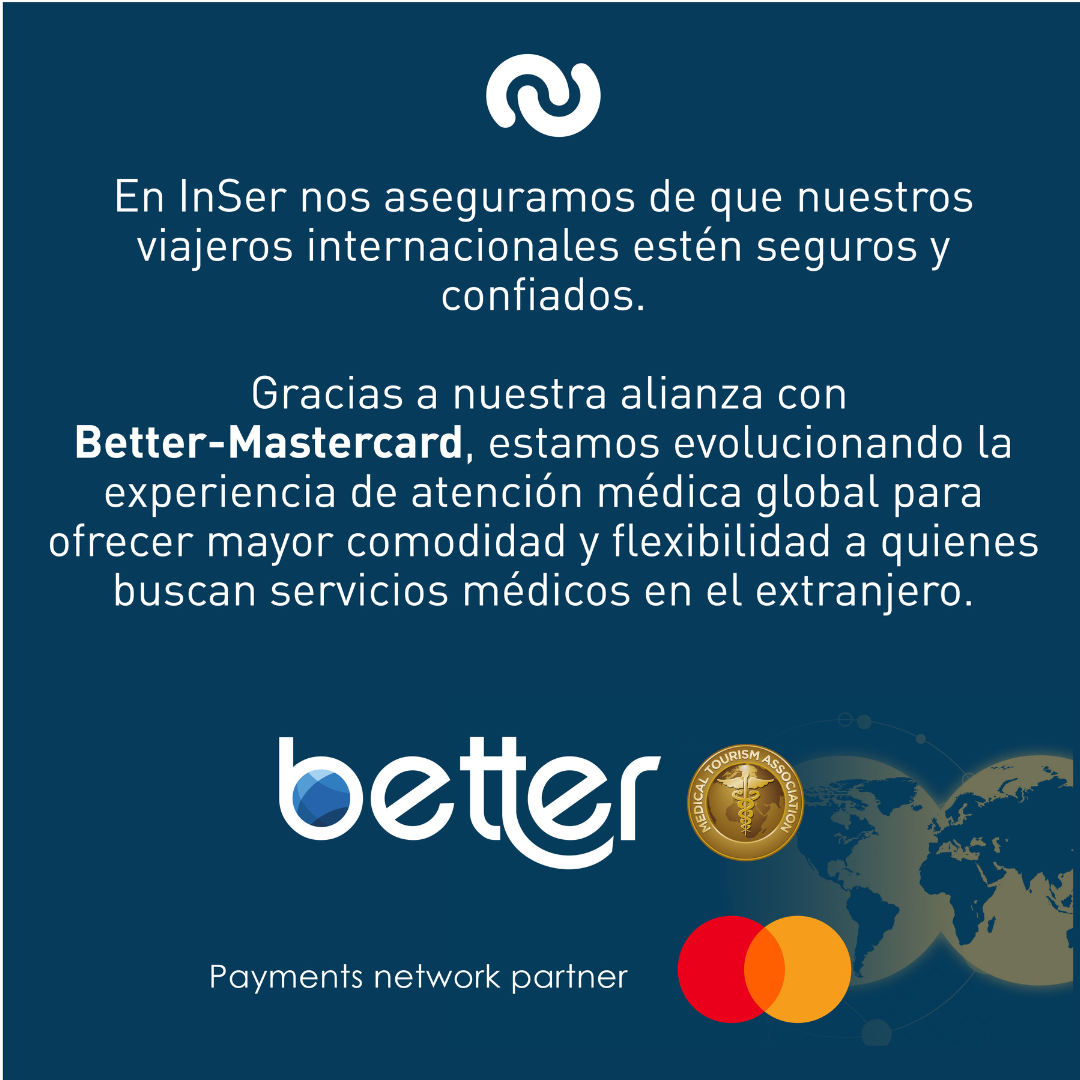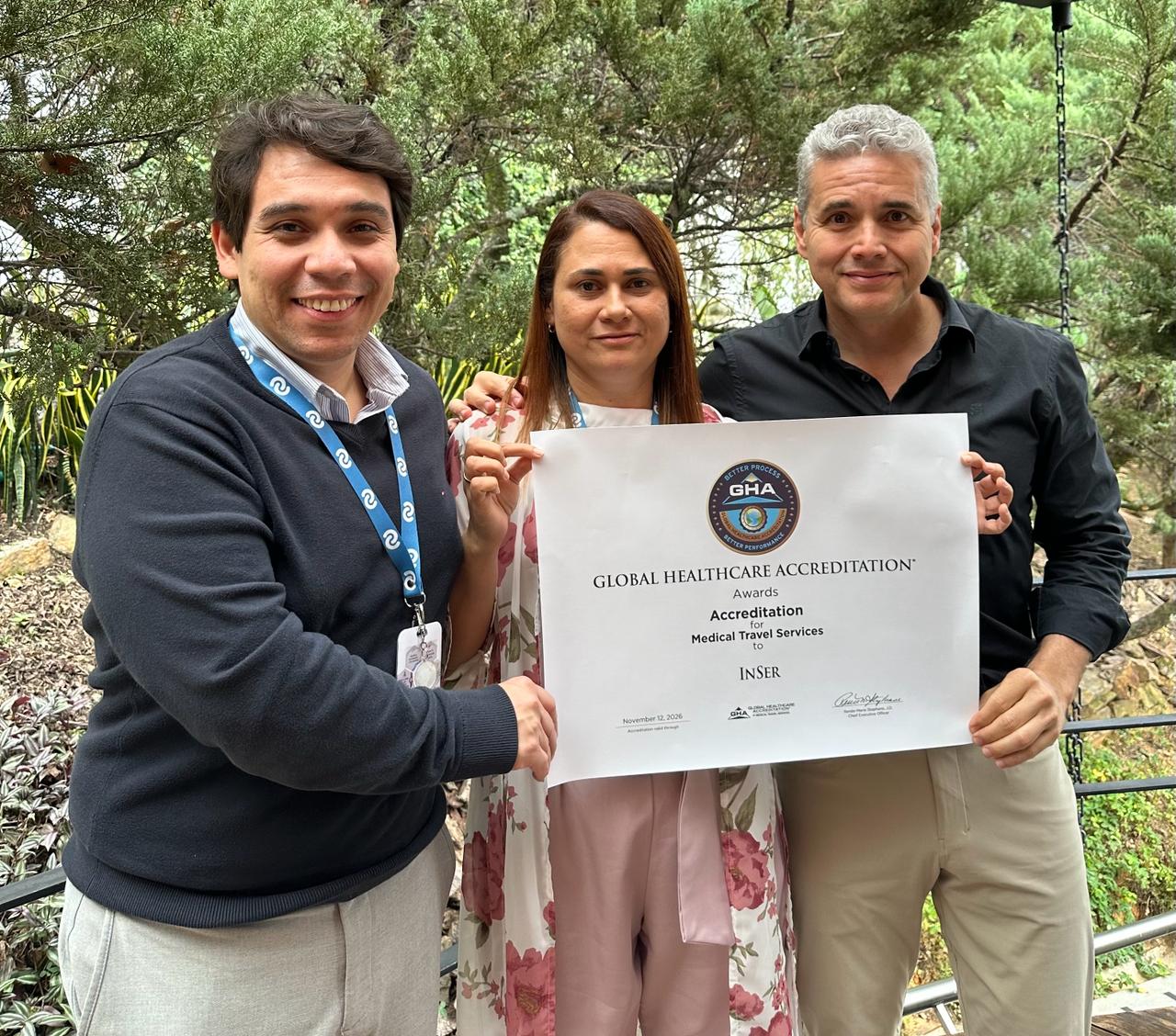The world of technology introduced the concept of collaborative work networks into the business context; According to the definition of Peter Gloor, “these networks are understood as teams of self-motivated people, with a collective vision, enabled on the web to collaborate in the achievement of a common goal through the exchange of ideas, information, and work.”
This concept, embraced by different sectors, has evoked great interest in health workers such as doctors and specialists, who, displaying a patient-centered care model, have found the best tool to seek their well-being and management in these networks.
There is no doubt that today more and more doctors are highly specialized in their area, who, even if they wanted to, could not provide comprehensive patient management, and are forced to seek advice or even refer to other colleagues to pursue this therapeutic management that is not in their competence.
Thus, it is highly strategic and coherent to develop collaborative care exercises, identifying a patient’s chain of services in search of a timely diagnosis and adequate treatment.
Building the Network
The first step in this exercise is to identify the things that correspond to us within the clinical expertise and identify the interconnected areas to diagnose and treat the patient. In other words, if your clinical focus is fertility, your patient likely seeks help from general physicians, gynecologists, urologists, endocrinologists, and internists.
The critical point is that amid this specialization that we have mentioned, the patient can go unnoticed, not due to lack of interest on the part of his physician, but due to ignorance of the pathology or lack of adequate support platforms for its management and frequently due to lack of time. We all know that a promptly diagnosed disease will undoubtedly have a better medical outcome.
But how to reach these doctors? How to make yourself visible and relevant to them?
Next, we will present nine strategies that we consider can help you in the creation and consolidation of your Network and Allies:
In conclusion, the creation of Collaboration Networks or Networks of Allies, more than an end, should be a continuous purpose of our organizations, visualized from all scenarios, involving the most significant number of actors possible, with a single collective vision of improving the experience of our patients.
ANA MARÍA MEDINA B.
Commercial Director
InSer
[1] https://www.elsevier.es/es-revista-revista-calidad-asistencial-256-articulo-las-redes-innovacion-colaborativa









